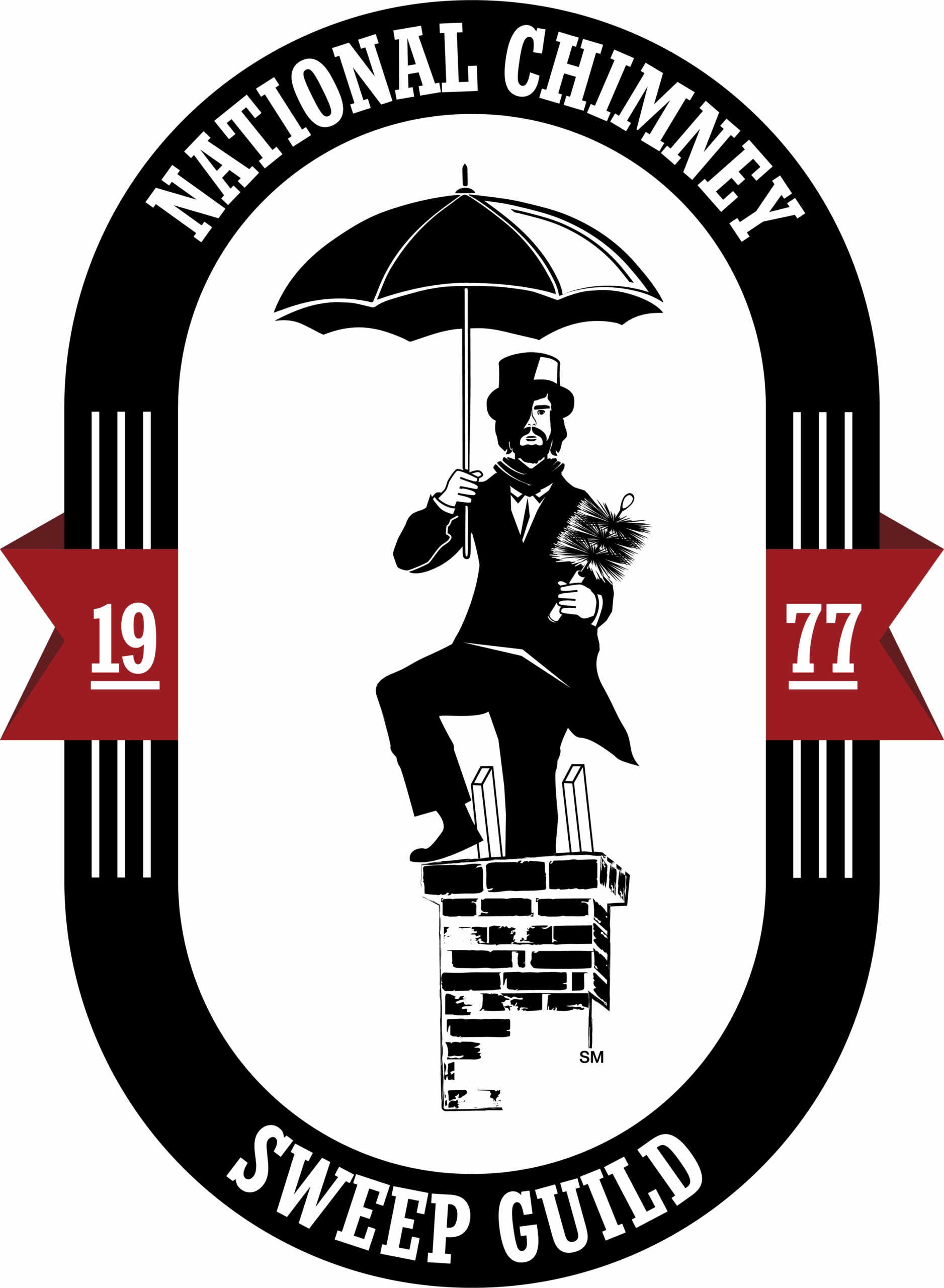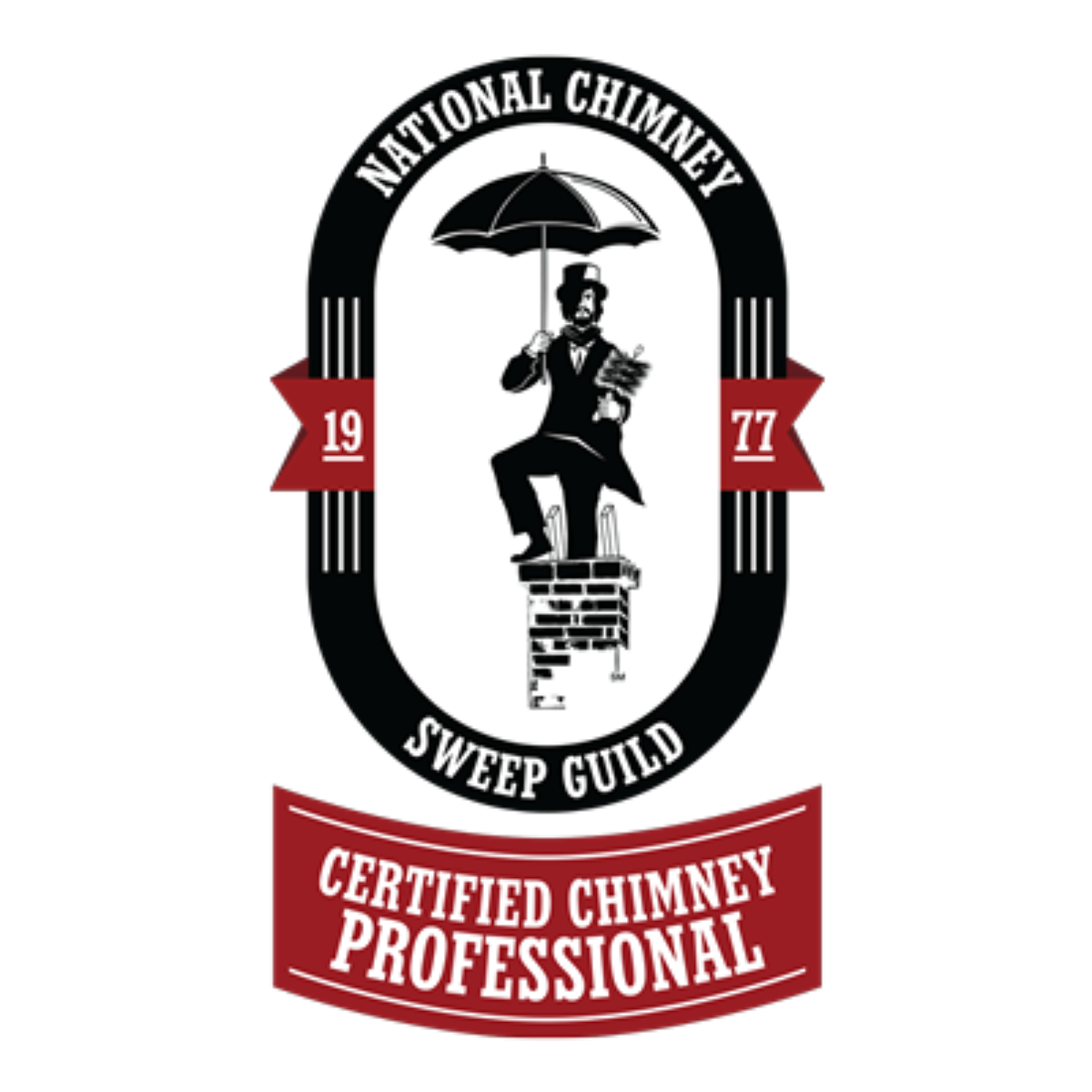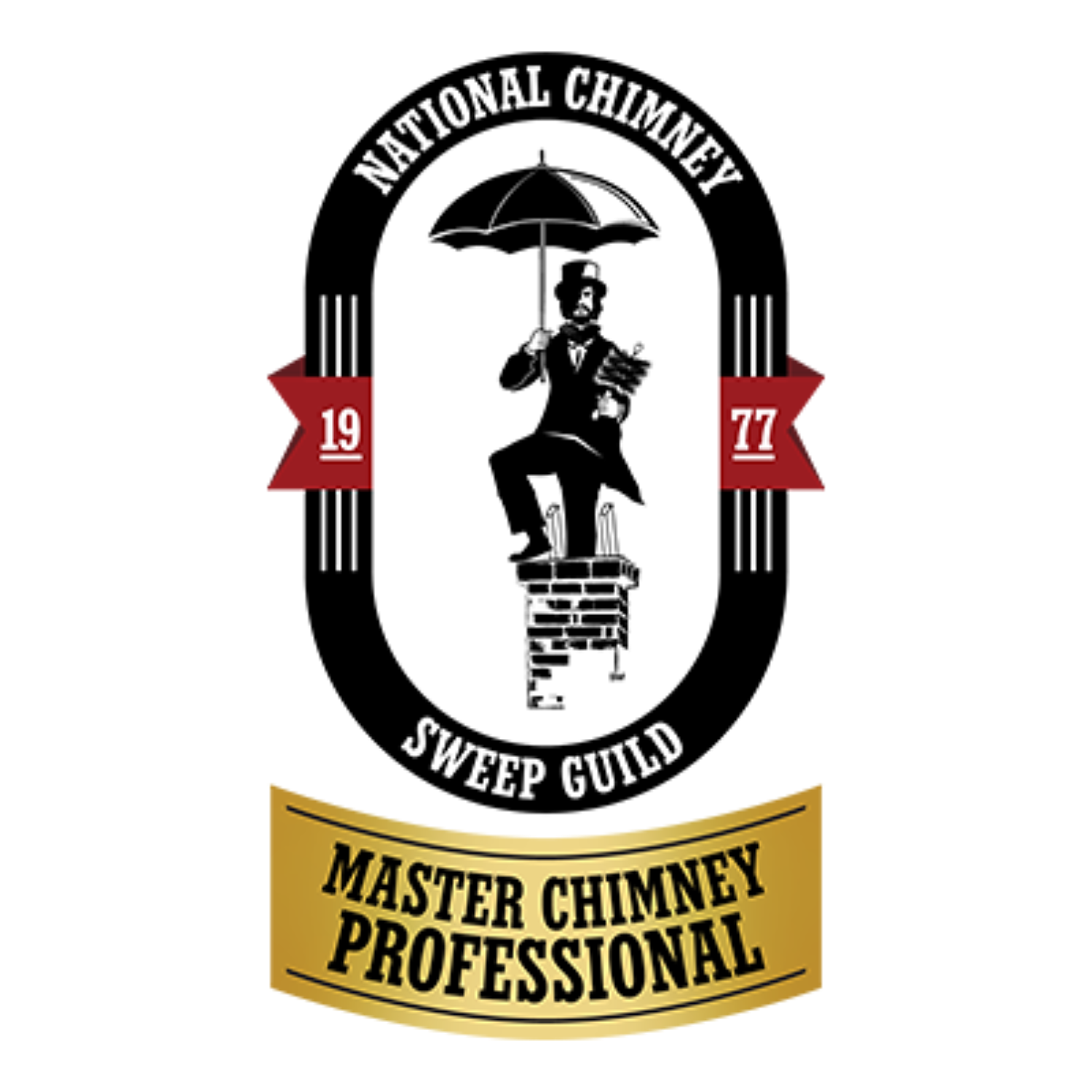What is a Chimney Cap?
Chimney caps are essential chimney products that serve several purposes. Capping a chimney prohibits destruction on the inside from elements such as snow and rain. Using a chimney cap also prevents fire sparks from escaping from the chimney and landing on the roof and they also keep birds, squirrels and other animals from nesting inside of the chimney or entering the home through the chimney. It has been said a chimney without a cap is like a house without a roof.
Imagine how much water would come into your home during a rainstorm if you had a hole in your roof twelve inches square. Chimney flues may be even larger than that, so where does all that water go? It runs down the chimney and seeps into the bricks and mortar, settling behind the firebricks.
There is little air circulation in the chimney (unless you’re using it) and no sunlight, so the inside of the chimney stays wet long after the rain stops. This moisture erodes the mortar joints and weakens the brick. Add to this a freeze/thaw cycle during the cold months, and you have all the needed ingredients for a deteriorating chimney.
Take our word for it: even though you can’t see the damage happening, it’s there, slowly deteriorating your beautiful fireplace and chimney. This is a particularly important consideration if you have a metal firebox incorporating a metal damper and smoke shelf. All fireplace dampers made of metal are subject to this deterioration as the water mixes with creosote and mild acids are formed. Even chimneys serving woodstoves are in need of a cover.
Listed below are several good reasons to have a chimney cap:
- Keep out rain, snow and sleet.
- Keep out animals and birds.
- Keep out leaves, twigs and other debris which could lead to a blockage or chimney fire.
- Keep sparks from leaving the chimney and igniting nearby combustibles.
- Help eliminate wind induced downdrafts.
While chimney caps for masonry chimneys are not required by code as part of a chimney system, they can really save money on future maintenance issues and headaches down the road. Chimneys are bombarded by the elements year round, a chimney flue if unprotected will be open to rain, sleet and snow running into the chimney year round. Once the water gets in, there is nowhere for it to go, it can end up at the bottom of your heating flue, on the smoke shelf behind the damper of your fireplace, seeping into the mortar joints of your flue liner causing deterioration to those joints during freeze-thaw cycles and the eventually into the brick and mortar of the chimney itself, and this moisture will eventually erode and compromise the integrity of your chimney.
Master Services offers chimney caps in a variety of colors and design and we will even special order per the customers wants and needs. All of our chimney caps are made of 24ga colored steel (not spray painted!), stainless steel or copper.
If you are hearing noises in your chimney it may be one of two situations: a wild animal (such as a raccoon) is using your chimney as a den site; or an animal (such as a squirrel or a bird) has fallen down the chimney and cannot get back up.
Under absolutely no circumstances should you try to smoke an animal out of your chimney – you will only succeed in burning or killing the animal!
Wild animals frequently mistake uncapped chimneys for hollow trees, and they have no idea that the “tree” is connected to a human dwelling! In contrast to hollow trees, however, the inside of a chimney is quite slippery and raccoons seem to be the only animals capable of shimmying up and down it.
One way to tell the difference between a denning animal (raccoon) and an animal that is stuck (squirrel or bird) is by listening to the noise that the animal makes. An animal that is stuck is often frantic, and will scratch at the damper or flap its wings repeatedly in an effort to get out. If the damper is not closed, the animal may fall down into the fireplace, and even if he is able to get back up above the damper or onto the smoke shelf, it is important to recognize that this animal is unable to climb the entire length of the chimney.
On the other hand, if the animal is using the chimney as a den site you may occasionally hear movement, as well as the sounds of wild animal babies calling out to their mother. The noises follow a more predictable pattern, and often occur only a certain times of the day.
Why do raccoons go into chimneys? Mostly because it’s like a big, hollow tree. It’s a safe place in which to live, and for a female raccoon, it’s a great place to give birth and raise a litter of baby raccoon pups. Raccoons are great climbers, so they have no problem climbing up and down the chimney flu, and off and on the roof to access the chimney in the first place.
What is a rain cap?
A chimney rain cap is a rain cover on top of a chimney flue designed to keep out rain (which can damage the flue or appliances it vents) and intended to reduce downdrafts in the chimney in windy conditions. Some chimney rain caps may be supported atop a masonry chimney in a position to shelter the chimney flue, and may not only cover the chimney flue opening but may also project out beyond the entire chimney top.
If any of these scenarios sound familiar to you, you should give us a call at 972-877-4650 and we will be happy to have one of our professional technicians come out for a free estimate and assess the situation. Master Services has been in business for 20 years and we take pride in the building and installation of all of our Chimney Caps and Rain caps.










